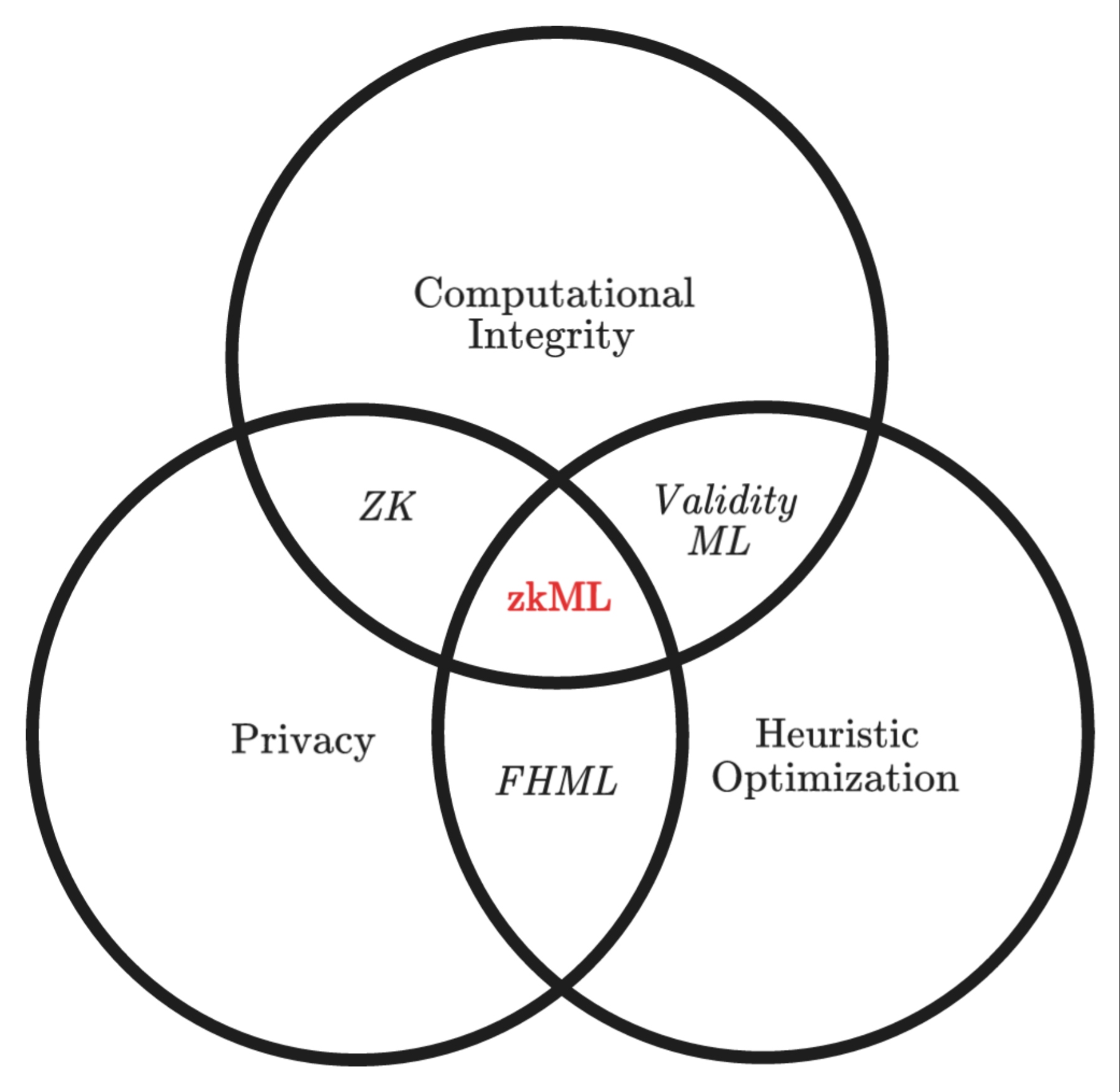Understanding Cryptocurrency; A beginners guide.
Cryptocurrency is the term used for all forms of electronic currency including Bitcoin. Cryptocurrency may make sense as an investment and as a form of currency for your business. But, it is not regulated and not under the supervision of any Central Bank like the traditional banknotes.
To understand cryptocurrency, it’s best to start with the most popular and in many ways the simplest of these networks: Bitcoin.
Bitcoin is the world’s first completely decentralized, open-source, and peer-to-peer digital currency. A short decade ago, knowledge of it was confined to a handful of hobbyists on Internet forums. Today, the bitcoin economy is larger than the economies of some of the world’s smaller nations. The value of a bitcoin (or BTC) has grown and fluctuated greatly, pennies to many thousands of dollars.
•End of Third Parties
Until Bitcoin’s invention in 2008 by the unidentified programmer known as Satoshi Nakamoto, online transactions always required a trusted third-party intermediary. For example, if Jane wanted to send $100 to Mike over the Internet, she would have had to rely on a third-party service like PayPal or MasterCard. Intermediaries like PayPal keep a ledger of account holders’ balances. When Jane sends Mike $100, PayPal deducts the amount from her account and adds it to Mike’s account. Without such intermediaries, digital money could be spent twice. Imagine there are no intermediaries with ledgers, and digital cash is simply a computer file, just as digital documents are computer files. Jane could send $100 to Mike by attaching a money file to a message. But just as with email, sending an attachment does not remove it from one’s computer. Jane would retain a copy of the money file after she sends it. She could then easily send the same $100 to Charles. In computer science, this is known as the “double-spending” problem and until Bitcoin, it could only be solved by employing a trusted ledger-keeping third party. Bitcoin’s invention is revolutionary because, for the first time, the double-spending problem can be solved without a third party.
•Peer -2- Peer
Bitcoin does this by distributing the necessary ledger among all the users of the system via a peer-to-peer network. Every transaction that occurs in the bitcoin economy is registered in a publicly distributed ledger, which is called the blockchain. New transactions are checked against the blockchain to ensure that the same bitcoins haven’t already been spent, thus eliminating the double-spending problem. The global peer-to-peer network, composed of thousands of users, takes the place of an intermediary; Jane and Mike can transact without PayPal. One thing to note right away is that transactions on the Bitcoin network are not denominated in dollars or euros or yen as they are on PayPal, but are instead denominated in bitcoins. This makes it a virtual currency in addition to a decentralized payments network. The value of the currency is not derived from gold or government fiat, but from the value that people assign to it. The dollar value of a bitcoin is determined on an open market, just like the exchange rate between different world currencies.
•Electronic Cash
Bitcoin is not the first permissionless, decentralized, peer-to-peer payments technology in the world. Paper cash is. If someone hands you a banknote, that is a settled transaction. There were no intermediaries and no one knows about it but the two parties involved. Until now it has been unfortunately necessary to include a third party to make these transactions online. And those third parties see everything.
What makes Bitcoin remarkable is that it is the first internet payment system that is that resembles physical cash. Now, instead of being limited to using cash only with people who you interact with face to face, or taking the chance on mailing bills, you can send digital cash in the form of bitcoin to anyone in the world.
There have been countless attempts to build on the Bitcoin system we’ve just described. Technologists have been experimenting with ways to build functionality into the Bitcoin network, or have opted to try to build entirely new networks built with similar decentralized designs and native tokens. These projects have given us hundreds of other cryptocurrencies. They are testing a host of experimental new features, from sophisticated programming languages, enhanced privacy, different forms of mining, and much more.
It is important to note that Bitcoin has been regularly derided as dead, worthless or a scam since its inception. In Jan. 2014, when its price was around $825, Nobel Prize-wining economist Robert Shiller called it a bubble. When Bitcoin was trading close to $3,000 in 2017, Mark Cuban also called it a bubble. When the price of Bitcoin collapsed to around $3,000 in 2018 after a meteoric 2017, the Bitcoin obituaries were rampant. And again, when the price rose to $10,000, and $30,000, and $60,000 in 2021 before collapsing to around $17,000 in 2022, the same stories were told: It's a bubble, and it won't recover from this burst.
But by Jan. 2024, Bitcoin was up around 160% over the past year, trading at over $45,000, which by the way is still fluctuating. But once again, it had staged a comeback.
Every four years, something known as "Bitcoin halving" occurs…this is an event where the reward for mining new blocks is halved, meaning miners receive 50% fewer bitcoins for verifying transactions. It cuts the rate at which new bitcoins are released into circulation in half. This policy was written into Bitcoins mining algorithm to counteract inflation by maintaining scarcity. And this takes place every 4years and have historically caused what you know as “bull run”.
The last halving occurred in 2020, when the reward for mining bitcoin was slashed in half from 12.5 to 6.25. In 2024, that will happen again, cutting the mining reward from 6.25 to 3.125. With fewer Bitcoins entering the market, its possible scarcity could drive up the price, leading to investor speculation today.
What's more, the surge in interest rates in 2022 that pummeled growth stocks may have had a similar influence on Bitcoin; investors tend to prefer security over volatility during times of uncertainty. But as talk of interest rate cuts in 2024 circulates, some investors may expect more appetite for risk assets like Bitcoin, leading them to get back in now.
And lastly, there are still Bitcoin enthusiasts who preach that looking at Bitcoin through the lens of fiat currencies like the U.S. dollar or Great British pound is missing the point entirely, and that its true value lies in being a new monetary system. But, if there's anything about Bitcoin that appears to be predictable, it's that it will continue to be volatile. In the relative short-term, both camps are likely right: Bitcoin will rise and Bitcoin will fall. But at the moment, it appears the Bitcoin bulls are winning out.
Do you need help navigating the crypto space? Not sure of what to do?, sign Up with Crypto Smart.
About Crypto Smart
Crypto Smart is a B2B Crypto Asset Management company founded in January 2021 by Karla Obakpolor, a blockchain business developer and Algorand ambassador in 2020.
The company offers fast and secure services that are based on a well-encrypted system with 24/7 customer support services. It has grown from offering its services to individuals, companies, and major enterprises as well as providing crypto education through various crypto courses.
Crypto Smart upscaled to the Algorand blockchain and offers blockchain products which include SmartChange; a cross-chain P2P marketplace, Bitsave Protocol; and a SaveFi protocol that combines savings with DeFi.
Website | LinkedIn | Twitter | Instagram | Telegram | YouTube | Email | Crypto Education | Discord | Reddit | Medium



